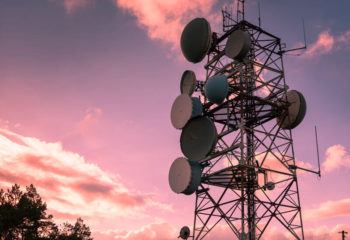Parts of the Cell – Plants vs. Animals Science Games
5 gamesIn this series of games, your students will learn the differences between plant and animal cells. The Parts of the Cell – Plants vs. Animals learning objective — based on NGSS and state standards — delivers improved student engagement and academic performance in your classroom, as demonstrated by research.
Scroll down for a preview of this learning objective’s games and the concepts they drive home.
Concepts Covered
Plants and animals are both made up of eukaryotic cells, which contain nuclei and other distinct organelles. However, there are some important differences between plant and animal cells.
Both types of cells have a storage center, called the vacuole. In plant cells, the vacuole is important for maintaining the structure of the plant, and is therefore larger than the vacuoles found in animal cells. When a plant doesn’t get enough water, it droops because its vacuoles shrink.
Chloroplasts exist in plant cells and some protists, but not in animals. They contain chlorophyll, driving the process of photosynthesis, which allows plants to create glucose, the plants’ “food”.
Finally, plant cells have cell walls, while animal cells do not. Cell walls are rigid, providing structure for the plant so it can stand up.
A preview of each game in the learning objective is found below.
You can access all of the games on Legends of Learning for free, forever, with a teacher account. A free teacher account also allows you to create playlists of games and assignments for students and track class progress. Sign up for free today!






